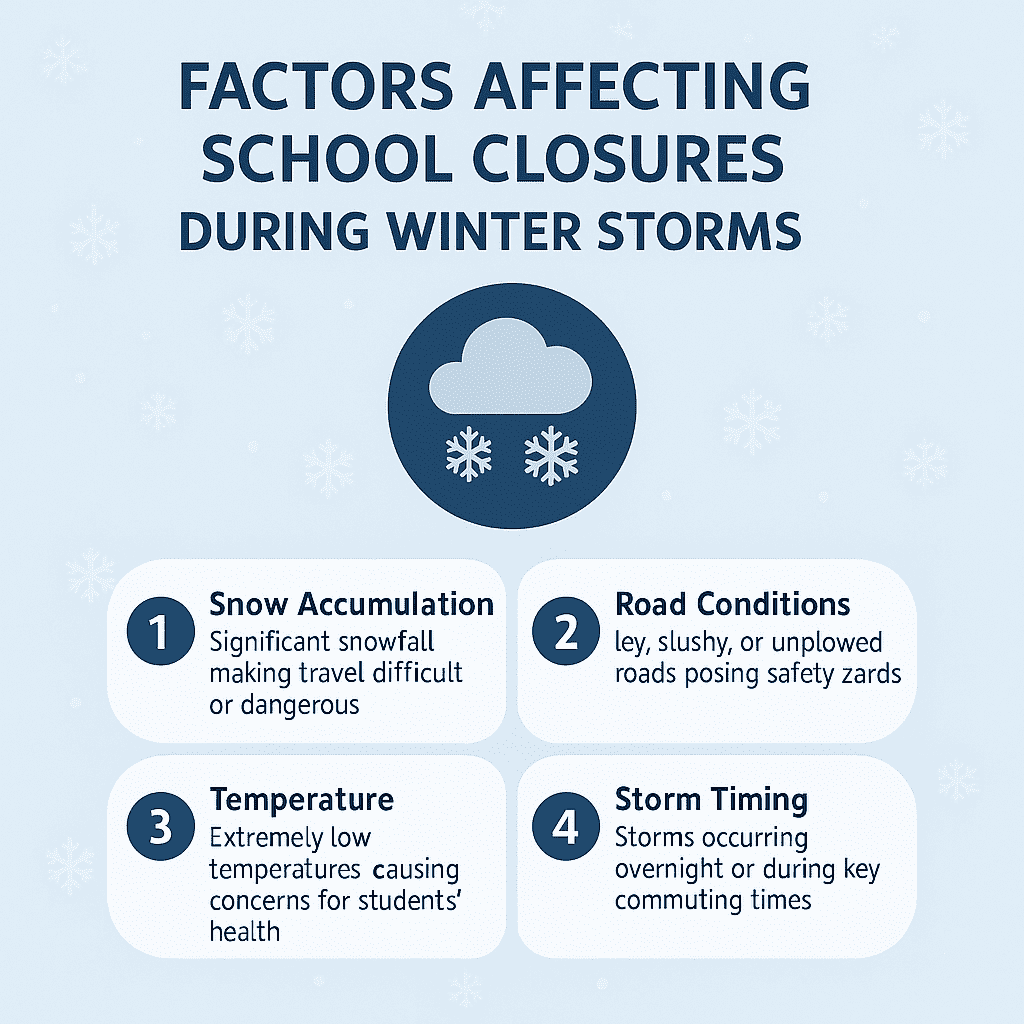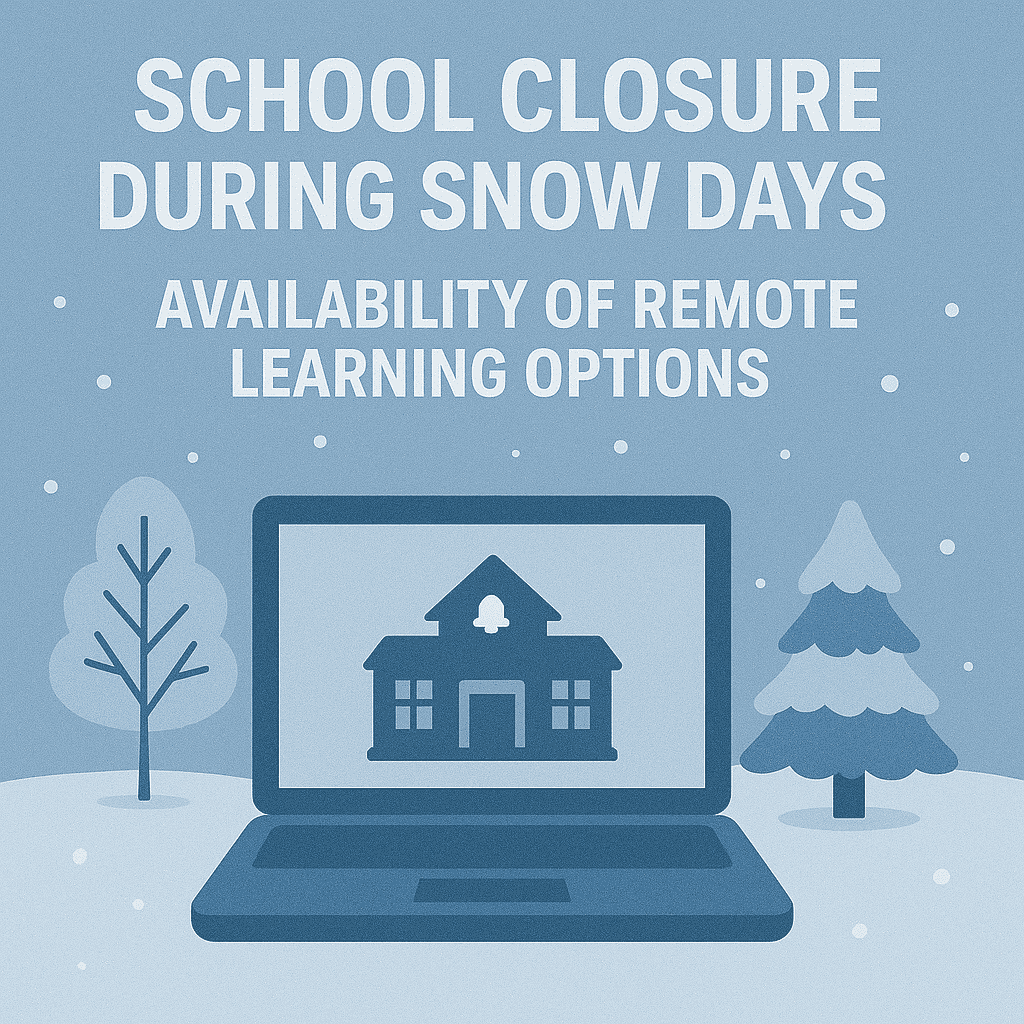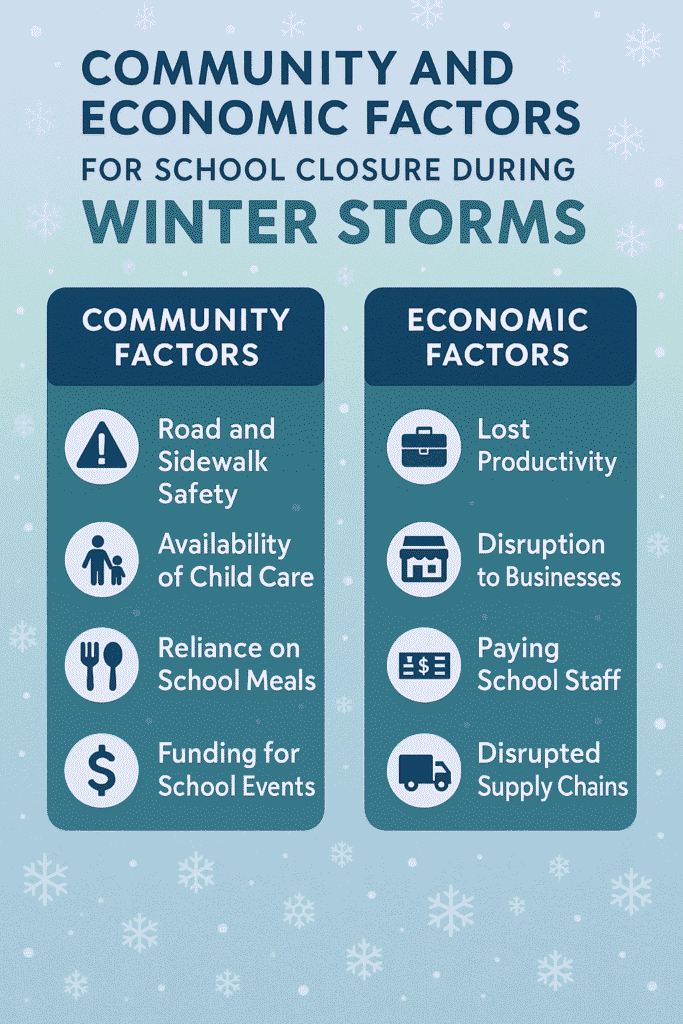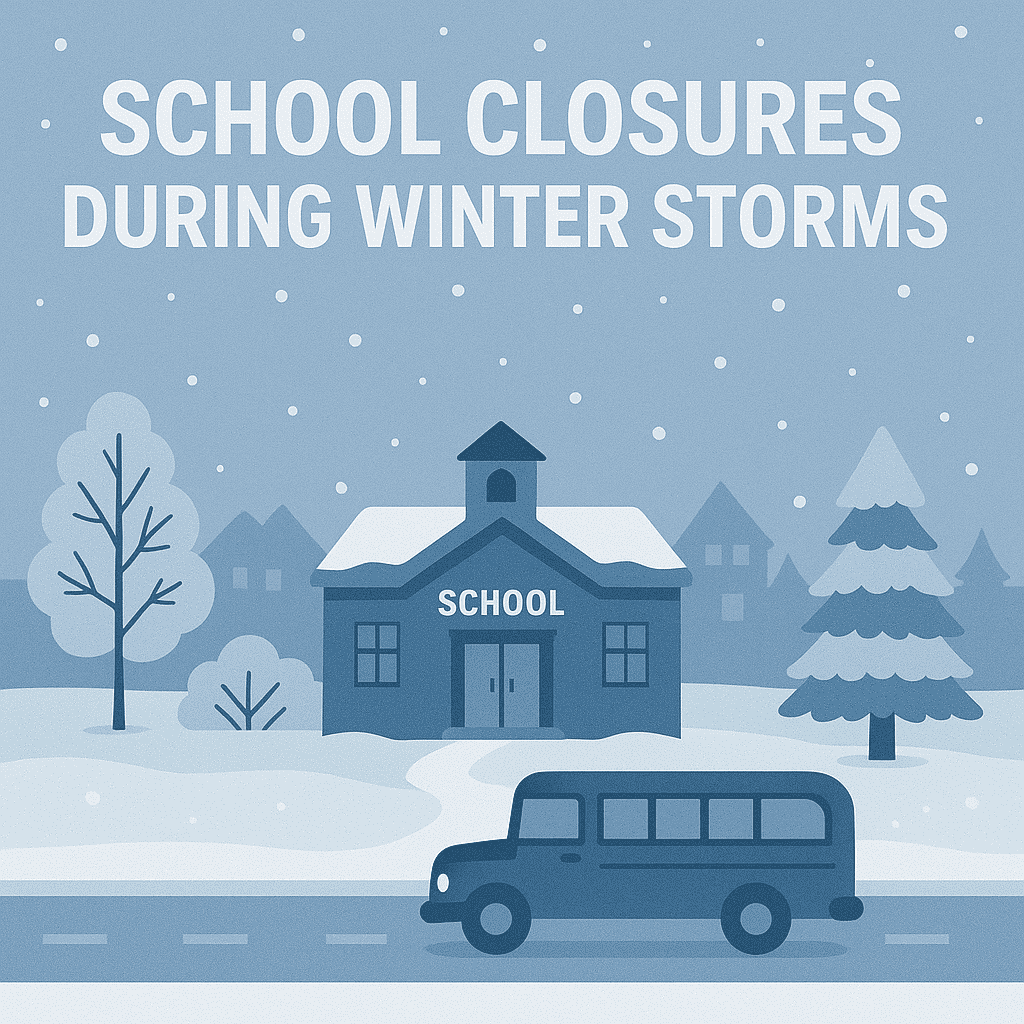I. Introduction
Overview of School Closures During Winter Storms
School closures during winter storms occur when severe weather, such as heavy snow, ice, or extreme cold, makes travel unsafe or disrupts school operations. These closures, often called “snow days,” aim to protect students and staff from hazardous conditions. Factors influencing closures include road conditions, temperature, and infrastructure resilience. The decision is typically made by school districts based on local weather forecasts and safety protocols.
Why It’s Important to Understand Closure Disparities
Disparities in school closures across regions or districts can lead to uneven educational outcomes and safety risks. Some areas may close schools in advance, while others with fewer resources or milder weather may remain open, causing inconsistent learning disruptions. These differences can exacerbate educational inequities, affect working parents, and raise safety concerns for students in underprepared regions. Understanding these disparities helps address their impact on education continuity, student well-being, and regional preparedness.
II. Factors Affecting School Closures During Winter Storms
A. Geographic and Climatic Differences
Geographic location and climate significantly impact school closure decisions. Regions with heavy snowfall, high winter severity, or extreme cold, such as northern states, are more likely to close schools due to safety concerns. In contrast, areas with milder winters or lower snowfall levels may remain open. These regional differences create varying closure patterns, affecting how often and why schools shut down during winter storms.

B. Infrastructure and Snow Removal Capabilities
The ability to manage winter weather depends on local infrastructure and snow removal capabilities. Well-funded municipalities with efficient snow plows, salt supplies, and road maintenance can keep roads safe, reducing the need for closures. In contrast, areas with limited municipal services or poor infrastructure may struggle to clear icy roads, leading to more frequent school closures to ensure safety.
C. School Transportation Systems
School transportation systems, particularly school buses, play a critical role in closure decisions. Icy roads and extreme weather pose significant risks to bus safety, especially in rural areas with long routes. Schools may close if transportation safety cannot be guaranteed, as buses may struggle to navigate hazardous conditions, prioritizing student safety over maintaining operations.
Check Now: Snow Day Near Me
III. Administrative and Policy Considerations
A. District Decision-Making Policies
Here we focuses on the frameworks and guidelines that govern how school districts make critical decisions, particularly regarding school operations during emergencies or adverse conditions. It emphasizes the formal policies established by school boards to ensure consistent, transparent, and effective decision-making. Key aspects include:
- School Board Policies: These are formal rules or guidelines set by the district’s governing body to outline procedures for decision-making, including who has authority, how decisions are communicated, and how they align with state or federal regulations.
- Emergency Protocols: Specific plans or procedures for handling crises, such as natural disasters, security threats, or pandemics. These protocols detail steps for assessing risks, coordinating with authorities, and ensuring stakeholder safety.
- Closure Criteria: Defined thresholds or conditions that trigger school closures. These criteria ensure decisions are based on objective measures like safety risks or operational feasibility.
B. Availability of Remote Learning Options
It explores the district’s capacity to shift to remote or virtual learning when in-person schooling is disrupted. It focuses on the infrastructure, policies, and resources needed to support online education. Key aspects include:

- Online Learning: The use of digital platforms to deliver instruction remotely, ensuring continuity of education during closures.
- Virtual School Days: Structured schedules where students engage in live or asynchronous lessons from home, mimicking a traditional school day. This requires clear policies on attendance, participation, and academic expectations.
- Technology Access: The availability of devices and internet connectivity for students and staff. This includes district efforts to address equity gaps, such as providing loaner devices or Wi-Fi hotspots to underserved families.
C. Liability and Legal Concerns
This section examines the legal and liability issues districts face when making decisions about school operations, particularly in ensuring student safety and compliance with laws. Key aspects include:
- Legal Responsibility: The district’s obligations under state and federal laws, such as ensuring compliance with education mandates, accommodating students with disabilities, or addressing parental rights in decision-making processes.
- School Liability: The district’s legal responsibility for incidents that occur during school activities, including on-campus accidents, negligence claims, or issues arising from remote learning environments.
- Student Safety: Policies and measures to protect students during in-person or virtual schooling, including physical safety (e.g., secure facilities) and digital safety.
IV. Community and Economic Factors
A. Urban vs. Rural School Districts
It shows the differences between urban and rural school districts in terms of resources, infrastructure, and challenges, particularly regarding access to education during disruptions. Key aspects include:
- Urban Schools: Schools in densely populated areas often have better access to technology, transportation, and facilities but may face challenges like overcrowding, diverse student needs, or higher exposure to public health risks. Decision-making may prioritize rapid response to crises due to larger populations.
- Rural Areas: Schools in less populated regions often face geographic isolation, limited infrastructure, and fewer staff or resources. Closures or shifts to remote learning can be harder to implement due to these constraints.
- Access Issues: Disparities in access to education, technology, or transportation. Rural students may struggle with internet connectivity for online learning, while urban students may face barriers like equitable device distribution or safe commuting during partial reopening.

B. Economic Resources and Preparedness
Here we focuses on how financial resources and planning affect a district’s ability to respond to emergencies or maintain educational continuity. Key aspects include:
- Funding Disparities: Variations in school budgets due to local tax bases, state funding formulas, or federal grants. Wealthier districts may have more resources for technology or emergency planning, while underfunded districts struggle to meet basic needs.
- Emergency Preparedness: The extent to which districts have allocated funds and developed plans for crises. Preparedness varies widely based on available budgets.
- School Budgets: The allocation of financial resources for ongoing operations and unexpected disruptions. Budget constraints may limit investments in remote learning tools, facility maintenance, or staff support during emergencies.
C. Parental Expectations and Community Norms
This section addresses the role of community dynamics and parental influence in shaping school policies and responses to disruptions. Key aspects include:
- School Trust: The level of confidence that parents and community members have in the district’s leadership and decision-making. Trust impacts cooperation with policies, compliance with protocols, and overall community cohesion during crises.
- Parent Pressure: Parents’ demands or advocacy regarding school decisions, such as pushing for in-person learning, remote options, or specific safety measures. These expectations can influence district policies, especially in contentious situations.
- Community Response: How the broader community reacts to school decisions, such as closures or reopening. Community support or backlash can affect implementation and public perception.
V. Conclusion and Recommendations
A. Key Drivers of School Closures
School closures result from multiple intersecting factors, including declining enrollment, budget shortfalls, aging facilities, and disruptions like natural disasters or health crises. Regional planning often worsens these issues, as unequal resource allocation leaves rural and underserved areas especially vulnerable. Inflexible funding models and limited maintenance budgets further reduce schools’ ability to adapt. Recent data shows 15% of U.S. public schools closed between 2015 and 2023 due to enrollment declines, and 10% due to infrastructure failures.
B. Strategies to Prevent Unnecessary Closures
Minimizing closures requires proactive planning, remote learning integration, and infrastructure investment. Preparedness plans should include clear communication protocols and staff training. Remote learning platforms like Zoom or Google Classroom help maintain instruction during short-term closures. Infrastructure upgrades—such as allocating 20% of district budgets to capital improvements—can extend building lifespans and boost safety. These measures help schools remain open and resilient during disruptions.


2 thoughts on “5 Key Reasons for School Closures During Winter Storms You Need to Know”